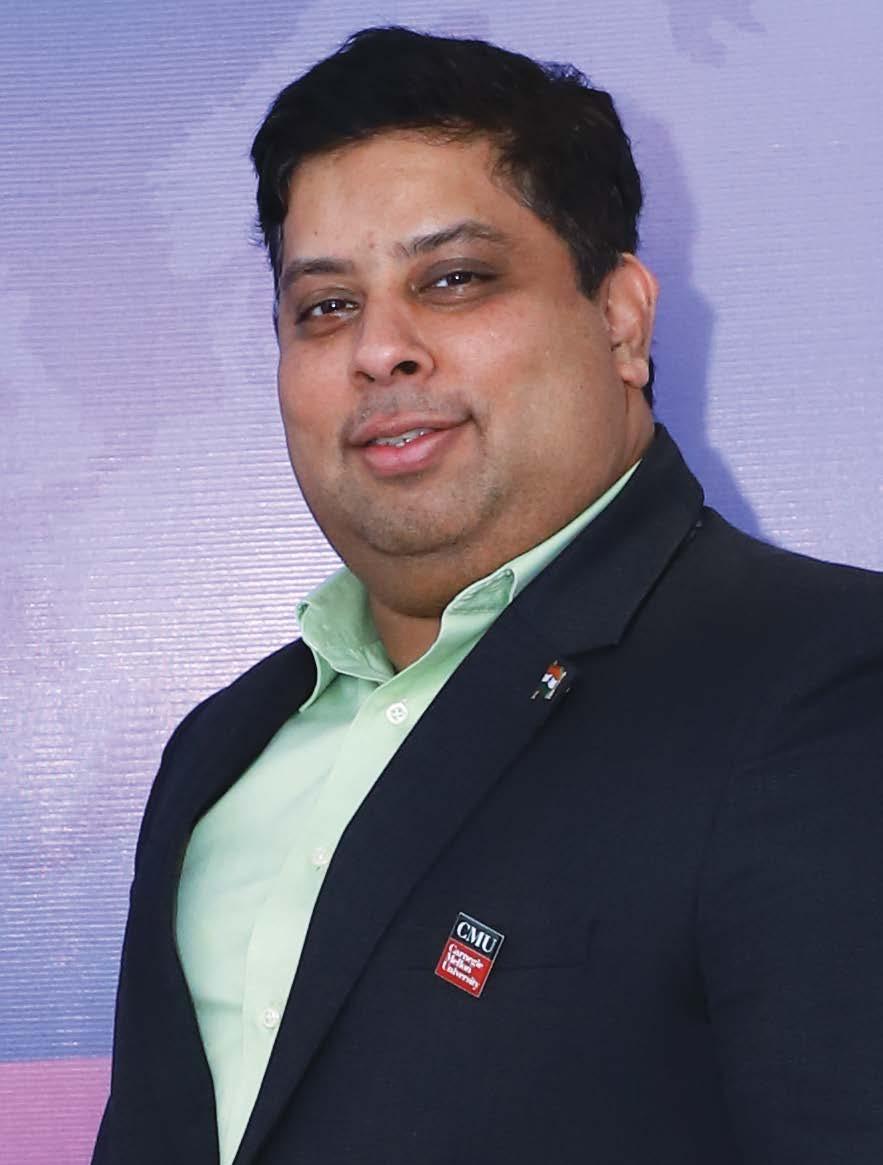
3 minute read
EXPERT'S NOTE
by ETNews
2021: Opening up opportunities
As you read this special issue of ETN, we are all eagerly looking forward to a fresh start in 2021, and to get back to life as the distribution of the COVID vaccine starts taking place across the world. We still need to be careful for next few months, but it is clear that the worst is behind us. 2020 has demonstrated the resiliency of the industry and has also helped us realize our priorities both as individuals as well as a society. I am confident that we will emerge stronger as a community and the coming decade will help us move towards a more sustainable environmental goal. The traditional mindset of incremental changes and status quo has been shaken up with the COVID crisis. Even amidst all the disruption, 2020 has emphasized that the emerging technologies of energy storage and e-mobility are gaining rapid acceptance around the world. Most of the countries have also realized the risk of depending on just one country for majority of imports, and have started exploring alternatives through localization as well as alternate supplier identification. Dr Rahul Walawalkar President – IESA Europe has taken a lead in capturing this opportunity and Managing Director – CES India has shown a possibility of competing with China for high-end gigafactories and EV manufacturing. With the recent changes in the US administration, it is anticipated that now US will also give lot more focus on clean energy and electric transportation as it is expected to re-sign the Paris Climate Agreement, after having opted out earlier. India has also used this opportunity to take a relook at the ‘Make in India’ initiative that was launched in 2014 as Atmanirbhar Bharat mission. The work done by IESA and We will emerge stronger other stakeholders, along with NITI Aayog to develop the national as a community and program for Advanced Chemistry Cell (ACC) Battery Manufacturing has been used as a model to create a ‘Production Linked Incentive’ the coming decade will (PLI) scheme. This scheme covers 10 key industrial sectors including batteries, solar, automotive, cell phones, medical devices and more. help us move towards The Cabinet Committee of government of India approved the PLI a more sustainable scheme in November, and immediately after that NITI Aayog released the draft model tender document for the gigafactory mission. It is anticipated environmental goal that NITI Aayog will quickly address questions / clarifications raised by the industry, and the RFP for 50 GWH ACC battery manufacturing will be issued in January 2021. This is the best opportunity for the Indian industry and MNCs who are looking to tap into the growing Indian market to establish a manufacturing base. PLI has provisions of linking the inventive to domestic value capture, thus creating opportunities for investments in not just the cell manufacturing gigafactories, but also the critical supply chain and recycling infrastructure. IESA has played a key role in shaping the national program and is grateful for the leadership role played by Shri. Amitabh Kant, CEO of NITI Aayog, and his team. In recognition of his efforts, IESA has honored Mr. Kant with the Policy Pioneer Award at the recently concluded IESA Industry Excellence Awards in November. Now it is absolutely critical that all of us get focused on achieving the dream of making India a global hub for R&D, manufacturing, and adoption of advanced energy storage and emobility technologies, in the coming decade. We need to ensure that we do not just wait for government RFPs to drive the adoption but identify opportunities where these technologies can be deployed right now. Startups are going to play a key role in achieving this transformation. I have been amazed by the passion and confidence demonstrated by these entrepreneurs. I hope that even the large corporates will step up and capture the unprecedented opportunity presented to us.
Advertisement










